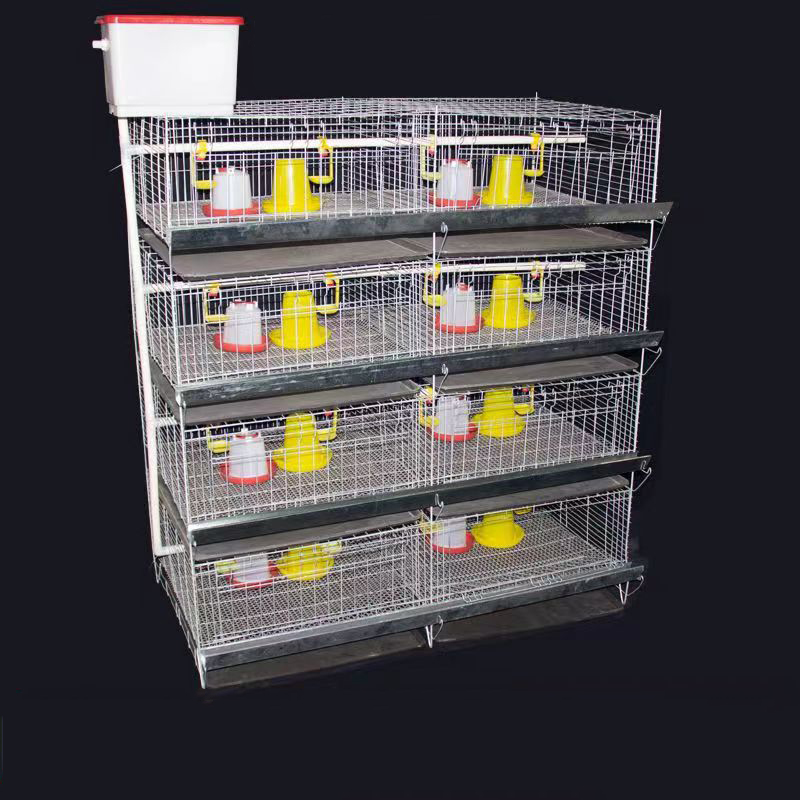goose down plucker
Dec . 22, 2024 02:43 Back to list
goose down plucker
The Art and Science of Goose Down Plucking
Goose down plucking is a delicate process that has been practiced for centuries, serving as a critical step in harvesting one of nature’s warmest and most coveted materials. Goose down, the soft layer of fine feathers found beneath the coarser exterior feathers, is prized for its incredible insulating properties, making it a favorite for high-quality bedding, jackets, and sleeping bags. This article delves into the history, methods, and ethical considerations of goose down plucking, shedding light on an often-overlooked aspect of the textile industry.
Historical Context
The use of goose down dates back thousands of years. Ancient civilizations recognized its insulating qualities, employing down to keep warm during harsh winters. It became a luxury item in Europe during the Middle Ages, as the demand for superior bedding grew among the wealthy. Today, goose down remains synonymous with quality and comfort, often featured in premium products that promise warmth without excessive weight.
The Plucking Process
Goose down plucking can be done in two primary ways live plucking and harvesting after the birds have been slaughtered. Live plucking, which involves removing down from geese while they are still alive, has been criticized for causing distress and pain to the animals. This practice is banned in many countries, and ethical considerations have prompted a shift towards humane methods of harvesting.
In the more accepted method, down is collected after the geese are processed for meat. This not only ensures that the animals are treated humanely but also means that every part of the bird is utilized, reducing waste. The plucking process itself requires skill and precision. It typically involves gentle tugging to avoid damaging the skin, ensuring that the down is harvested sustainably and effectively.
The Role of Farmers
The welfare of the geese is paramount in ethical down plucking. Farmers who specialize in goose down cultivation often adhere to strict animal welfare standards. They provide spacious living conditions, access to the outdoors, and proper nutrition to ensure that the birds are healthy and stress-free. This element is crucial, as the quality of the down is directly linked to the wellbeing of the geese; healthier birds produce higher quality down.
goose down plucker

Additionally, many farmers participate in certification programs to guarantee that their practices meet international animal welfare standards. Organizations like the Responsible Down Standard (RDS) and the Global Animal Partnership (GAP) work to ensure that consumers can make informed choices when it comes to purchasing down products.
Environmental Impact
Sustainable down production extends beyond just animal welfare; it also encompasses environmental considerations. The process of farming geese must be managed to minimize its environmental footprint. This includes ensuring that waste is managed effectively, water resources are conserved, and that the overall impact on local ecosystems is minimized.
Furthermore, consumers are increasingly seeking products with a lower carbon footprint, prompting brands to be more transparent about their sourcing and production methods. Many companies now provide detailed information about the origins of their down, emphasizing traceability from farm to product.
Consumer Awareness and Choice
As awareness of animal welfare and environmental issues grows, consumers are becoming more discerning in their purchasing decisions. Today’s buyers are encouraged to look for certifications when shopping for down products. Labels that indicate humane treatment, such as the RDS, enable consumers to make choices that align with their values.
There is a growing trend towards alternatives to goose down, including synthetic materials and feathers harvested from domesticated birds post-slaughter. While these alternatives may be less traditional, they provide options for those who prioritize animal welfare.
Conclusion
The art of goose down plucking is a complex interplay of tradition, ethics, and sustainability. As consumers increasingly demand products that are both luxurious and ethically sourced, the industry faces the challenge of evolving practices. Understanding the nuances of down harvesting not only fosters appreciation for the craftsmanship behind high-quality products but also encourages more responsible choices in the marketplace. As we move forward, it is essential to balance our desire for comfort with a respect for the animals and the environment that make such luxuries possible.
-
Hot Sale 24 & 18 Door Rabbit Cages - Premium Breeding Solutions
NewsJul.25,2025
-
Automatic Feeding Line System Pan Feeder Nipple Drinker - Anping County Yize Metal Products Co., Ltd.
NewsJul.21,2025
-
Automatic Feeding Line System Pan Feeder Nipple Drinker - Anping County Yize Metal Products Co., Ltd.
NewsJul.21,2025
-
Automatic Feeding Line System - Anping Yize | Precision & Nipple
NewsJul.21,2025
-
Automatic Feeding Line System - Anping Yize | Precision & Nipple
NewsJul.21,2025
-
Automatic Feeding Line System-Anping County Yize Metal Products Co., Ltd.|Efficient Feed Distribution&Customized Animal Farming Solutions
NewsJul.21,2025






